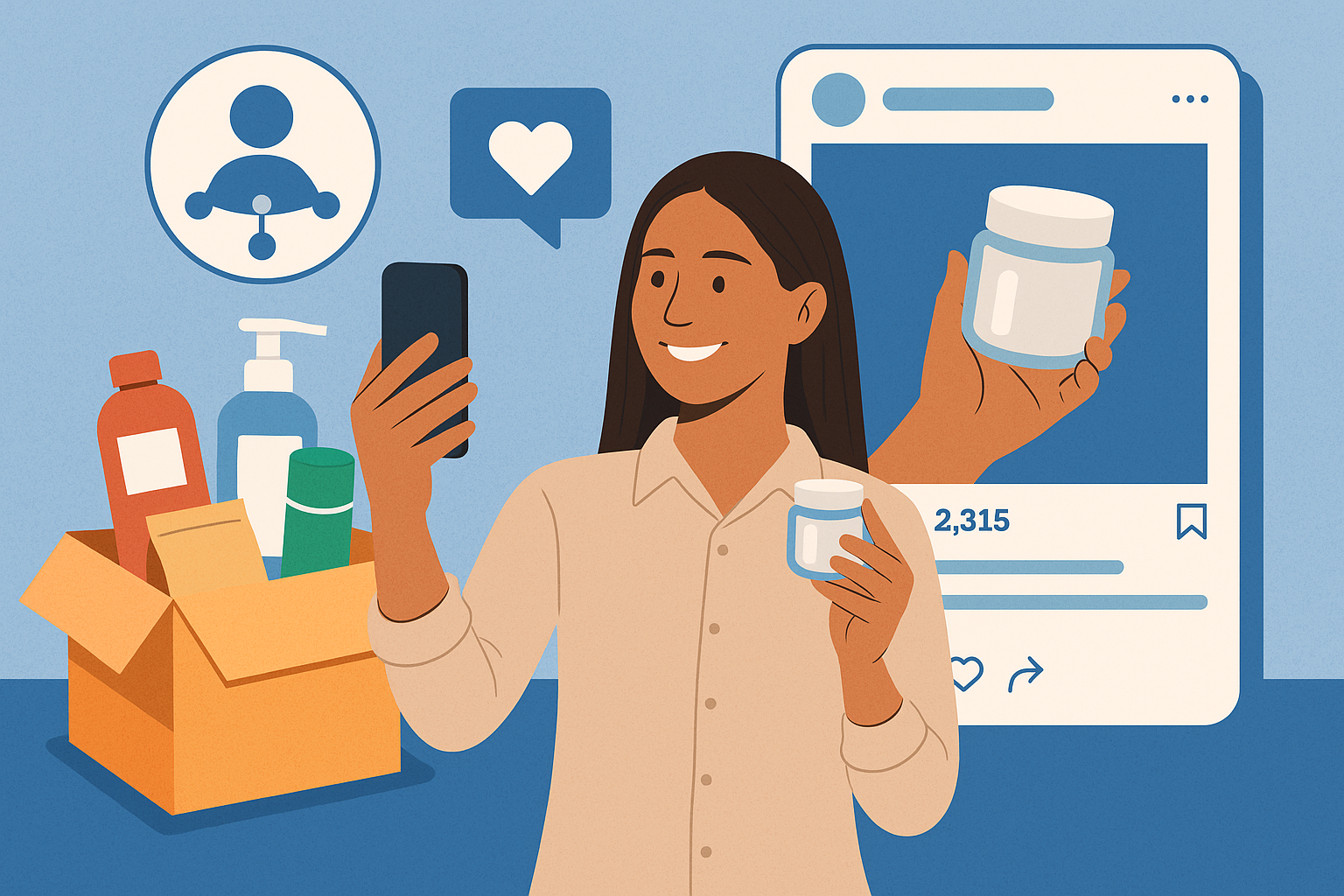
How to Encourage User-Generated Content from Sampling Campaigns
In an era dominated by digital conversations and peer recommendations, user-generated content (UGC) has become one of the most powerful tools in a marketer’s arsenal. When executed effectively, product sampling campaigns can be a strategic lever for generating authentic UGC that resonates with potential customers and fuels brand growth. In this article, we explore actionable strategies to encourage UGC from sampling campaigns, drawing on the intersection of AI, behavioral psychology, and brand storytelling.
Why User-Generated Content Matters
UGC refers to any content—images, videos, reviews, testimonials, social media posts—created by consumers rather than the brand itself. For sampling campaigns, UGC acts as a multiplier: it amplifies brand reach, provides social proof, and builds trust with audiences in ways traditional marketing cannot.
According to Nielsen, 92% of consumers trust recommendations from people they know over any other form of advertising. And when customers see real people engaging with a product, they’re more likely to explore and purchase it themselves.
The Link Between Sampling and UGC
Product sampling creates a natural opportunity for UGC. You’re already putting your product into a consumer’s hands—now you just need to create the right environment and incentives for them to share their experience.
Here’s how to do it:
1. Make the Experience Shareable
A memorable unboxing or sampling experience is more likely to spark content creation. Think beyond the product—include creative packaging, a personalized note, or a challenge card that invites them to share online.
Tactics:
- Include hashtags and @mentions prominently on packaging.
- Use limited-edition or visually appealing sample formats.
- Provide a theme or prompt (e.g., “Show us your morning routine with our coffee!”).
AI tools can assist by analyzing what packaging formats and content types perform best across various channels, tailoring the experience to increase UGC likelihood.
2. Use AI to Personalize and Predict Engagement
AI-driven consumer profiling allows brands to identify which recipients are most likely to create and share content. By analyzing past behavior, preferences, and social media patterns, brands can segment users and deliver personalized sample kits to high-potential advocates.
For example:
- Send sample boxes to micro-influencers in your niche.
- Use AI to score recipients on UGC likelihood and follow up accordingly.
- Tailor follow-up messages to different user segments based on past engagement.
3. Gamify the Sharing Process
Turning content creation into a game boosts participation. Whether it’s a contest, a challenge, or a points-based system, gamification encourages recipients to create and share content for a chance to win prizes, gain recognition, or receive exclusive access.
Consider:
- Hosting a giveaway for the best post featuring the product.
- Launching a UGC leaderboard for top creators.
- Rewarding shares with loyalty points or future product discounts.
AI can help track and evaluate submissions, automate approvals, and recommend winners based on engagement data—not just likes.
4. Provide Easy Sharing Tools
The fewer steps it takes to share, the better. Ensure your users have all the tools they need to post quickly and easily.
- Include QR codes that link directly to social media templates.
- Offer prewritten captions or creative briefs for inspiration.
- Use SMS or email nudges with direct-upload links to platforms.
Brands like Samplify have integrated mobile-first tools and smart reminders to remove friction from the UGC process, increasing conversion from sample to share.
5. Showcase the Best Content
Recognition is a strong motivator. Featuring user content on your brand’s website, social media, or email newsletters not only builds community but encourages others to join in.
- Curate UGC galleries or “fan of the month” features.
- Include UGC in retargeting ads.
- Tag and thank users who share high-quality content.
Make sure to get user permission where required and credit creators properly. AI-powered content moderation tools can help filter content, ensuring alignment with brand guidelines.
6. Follow Up with Smart Messaging
Timing matters. Following up at the right moment—just after the sample is received or shortly after it’s likely been tried—can increase the likelihood of engagement. Use AI to automate these follow-ups, but ensure messaging remains personalized and authentic.
Sample follow-up messages:
- “We’d love to hear what you thought! Snap a pic and tag us using #MyBrandMoment.”
- “Tried it yet? Show us how you use it and get featured!”
- “Review & share your experience and earn a reward.”
These nudges, delivered through email, SMS, or even WhatsApp, can drive up to 3x more UGC when timed well.
Measuring the Impact of UGC
To justify continued investment in UGC strategies, it’s essential to track results. AI can analyze UGC performance across platforms—measuring engagement, sentiment, and conversion attribution.
Key metrics to watch:
- UGC volume per sampling batch
- Hashtag impressions and reach
- Referral traffic from shared posts
- Conversion lift from UGC-integrated campaigns
Over time, this data can help refine audience targeting, content prompts, and even future sampling partners.
Conclusion
Encouraging user-generated content from your sampling campaigns isn’t just a creative bonus—it’s a strategic imperative. UGC builds credibility, extends reach, and deepens engagement, especially in crowded FMCG markets.
With the power of AI and intentional design, brands can transform every sample into a social conversation, every recipient into a brand advocate, and every campaign into a source of ongoing organic growth.
By investing in smart sampling strategies and fostering authentic user engagement, brands don’t just send products—they build movements.